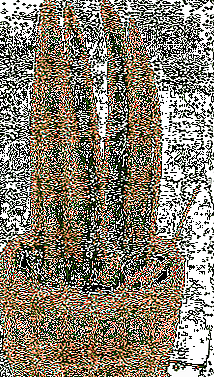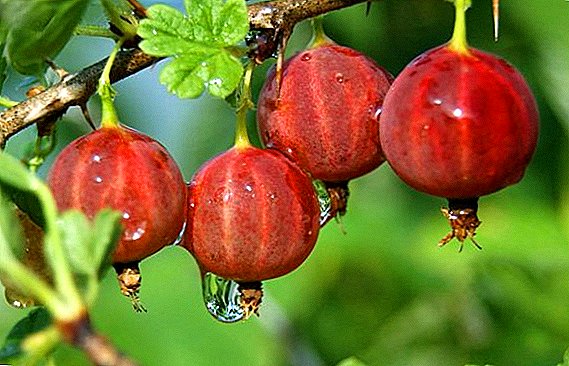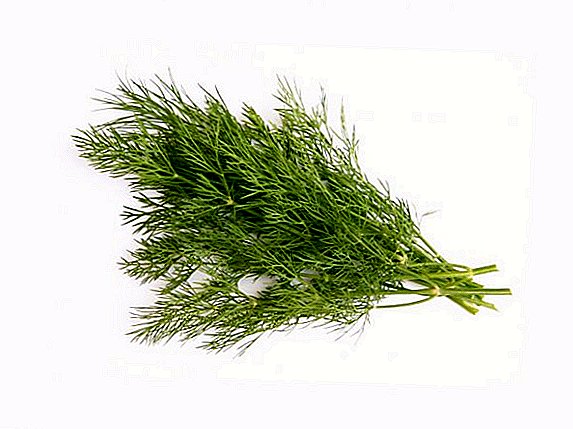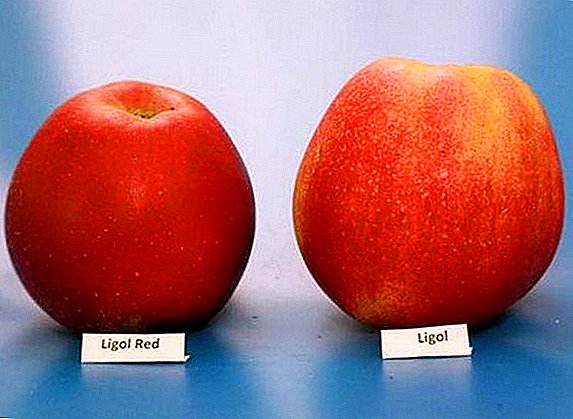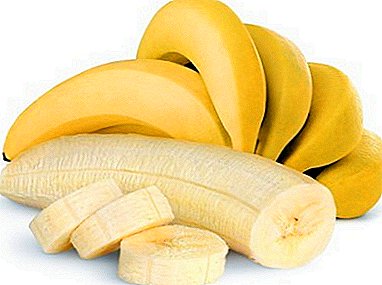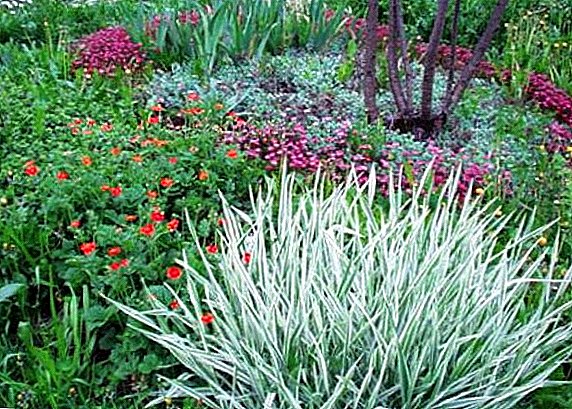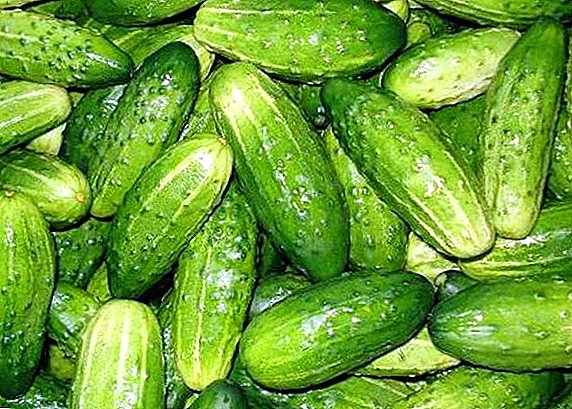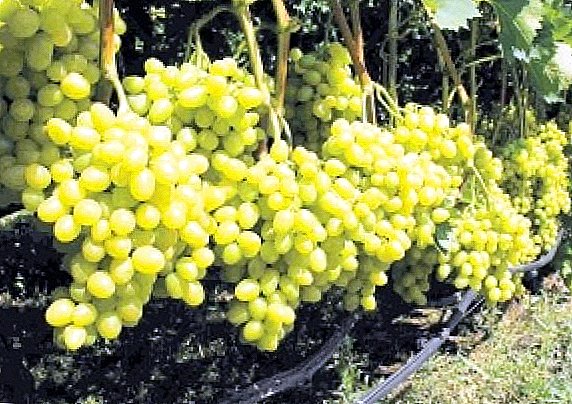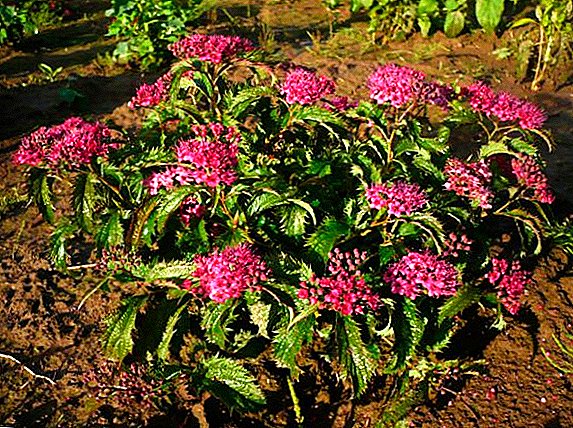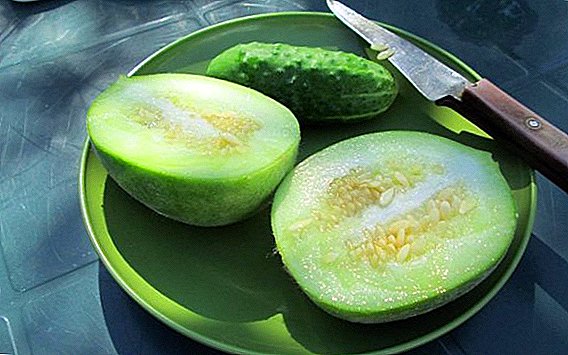 Today, neighbors in the country can more and more hear about new, previously unheard of crops and varieties of certain plants. In the magazine you can read about zemlnikom. On TV - to hear about kavbuz. By mail - get broccolini seeds. And in this article - read about the cucumber.
Today, neighbors in the country can more and more hear about new, previously unheard of crops and varieties of certain plants. In the magazine you can read about zemlnikom. On TV - to hear about kavbuz. By mail - get broccolini seeds. And in this article - read about the cucumber.
What does she like?
Gardeners never agreed on what cucumber is: some say that this is a new breeding hybrid, obtained by crossing early varieties of melons with cucumbers; others - that the cultivated plant "ogdurina" as such cannot be, that it is a tropical vegetable, a fruit and no more; still others call this plant serpentine melon.
Thanks to scientists and breeders, more and more unusual cucumber varieties appear: momordica, tladiant, lemon cucumber, Chinese cucumber.
 Whatever it was, the reviews about the taste of all the same: The green cucumber has the appearance, taste and smell of a young cucumber, and a ripe, yellowed one - exactly melon and in appearance, and in taste. Her earliness allows you to reap the fruits until the autumn frosts, which makes it even more attractive for breeding in their area.
Whatever it was, the reviews about the taste of all the same: The green cucumber has the appearance, taste and smell of a young cucumber, and a ripe, yellowed one - exactly melon and in appearance, and in taste. Her earliness allows you to reap the fruits until the autumn frosts, which makes it even more attractive for breeding in their area.
Did you know? Gamma tastes varietal cucumber - from banana to peach.
Variety selection
Taste, color, appearance, size - all this can determine exactly what kind of hawk you want to see in your area. Of the 15 varieties available today, it is difficult to stop the choice on one if you have already tasted all the delights of cultivation of ogurdina. The most popular varieties of ogurdina are of impressive size: the fruits of "Manduria", "White", "Orenburg", "Candy", "Special" and "Green" can reach 2-3 kg.  They are strongly scattered, with strong stems and large leaves of dark green color. But the "Tags Duck Green", "Tarot", "Melanflehuusus Sakhio" attract their serpentine shape and color. Alexandria, Banana, Caramel, Novinka, Orange Banana, Fizano and Pineapple have a flat, elongated shape, their fruits are also of large size.
They are strongly scattered, with strong stems and large leaves of dark green color. But the "Tags Duck Green", "Tarot", "Melanflehuusus Sakhio" attract their serpentine shape and color. Alexandria, Banana, Caramel, Novinka, Orange Banana, Fizano and Pineapple have a flat, elongated shape, their fruits are also of large size.
Did you know? Serpentine cucumbers can be up to 90 cm long.
Choosing a place to land
Ogurdynia is a light and heat-loving plant. For its landing the most suitable is a warm and dry climate.
Lighting and location
When choosing a place for sowing, keep in mind that the cucumber, like any melon crop, is best grown near compost heaps. The place should be not shaded and be on a little blown area. 
Preferred soil
For the cultivation of fennel suitable the same soil as for cucumbers. An important condition for abundant fertility is loose soil that retains moisture well: the fruit, practically consisting of water, in the initial stages of growth requires a lot of moisture.
Important! If you plant a cucumber in a shaded place, only hollow flowers will form on the bushes.
Landing
Depending on the temperature regime of your region, the cucumber can be planted with seedling and unpaved sowing. For planting seeds in open ground, it is better to choose the second half of May, when the ground is already warm enough. Seedlings can also be planted earlier, as the cold fiddle is less afraid than the same cucumber or melon. 
Soil preparation
If you decide to start this transforming fruit on your plot, you should start preparing the soil for planting in the fall. Compost and humus are used as fertilizer for the soil, ammonium nitrate and potassium sulfate are introduced, and when the first seedlings appear, fertilizing from a mixture of mullein and chicken manure is applied.
Seed preparation
Before planting seeds in open ground, they are pre-soaked in a weak solution of potassium permanganate for 20-30 minutes. This will help determine the suitability of seeds, as well as push them to emergency germination.
Sowing rules
During germination, the plant requires as much moisture as possible, so the landing of the seeds of ogurdina must be sufficiently superficial. Place the seeds at a depth of no more than 2 cm and with a distance of 50 cm to 1 m. After germination, 5-6 leaflets on the main stalk should be pinched so that the growth will go to the side shoots.  It is also worth a little to sprinkle the stem with earth, after a certain distance: this will help to form additional roots, and thus you will be able to form the plantation you need.
It is also worth a little to sprinkle the stem with earth, after a certain distance: this will help to form additional roots, and thus you will be able to form the plantation you need.
Important! Ogurdynya has a choleretic effect, therefore it is useful for problems with digestion.
Caring for the gourd
General guidelines for the care of cucumbers are the same as for growing cucumbers. The cucumber needs frequent, but not abundant watering during its germination, then it is worth reducing the watering to 1 time per week - this will preserve the sugar content of future fruits. Also, the hail does not need excessive fertilizer of the soil.  Frequent feeding leads to the development of only the stem and leafy parts, while the fruits themselves are tied to the weak and devoid of taste. Weeding stands as necessary, as well as dropping regrown shoots.
Frequent feeding leads to the development of only the stem and leafy parts, while the fruits themselves are tied to the weak and devoid of taste. Weeding stands as necessary, as well as dropping regrown shoots.
Problems and difficulties in growing
Despite the fact that ogdurina is a moisture-loving plant, you should avoid over-wetting the soil. This culture is prone to bacterial diseases that are manifested by decay of the ovary. To avoid this disease, it is necessary to observe considerable distances when planting the site and monitor the drying out of the soil under the leaves.
Harvest
The hail begins to bear fruit after 1.5-2 months after planting in open ground and continues to bear fruit until the first frost. On each bush up to 20 fruits are formed, the weight of which is from 1 to 2 kg, and the sizes differ depending on the variety.  In conclusion, it should be said that, despite the difficult name, ogdurina is a rather simple culture in breeding and care. Also, it has a completely clear and familiar taste, and prolonged fruiting will provide you with dessert in the form of fresh fruit, and will provide an opportunity to prepare the sturgeon for future use: the jam from it is excellent.
In conclusion, it should be said that, despite the difficult name, ogdurina is a rather simple culture in breeding and care. Also, it has a completely clear and familiar taste, and prolonged fruiting will provide you with dessert in the form of fresh fruit, and will provide an opportunity to prepare the sturgeon for future use: the jam from it is excellent.


